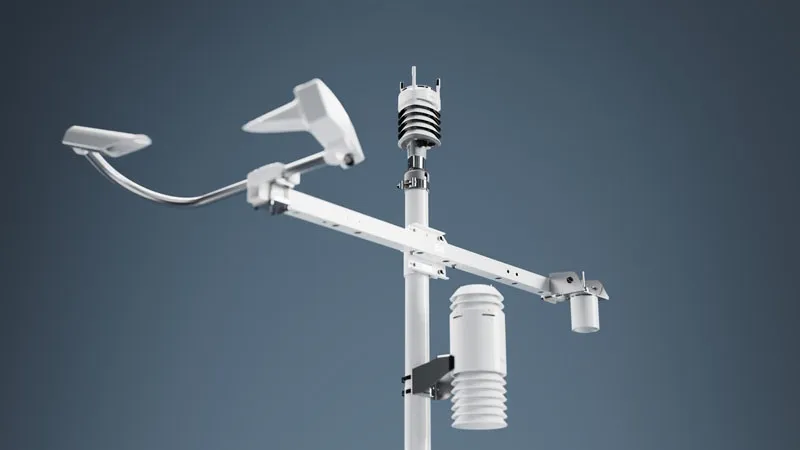Virtual prototyping company Optis has unveiled the latest version of its driving simulator Vrx 2018, which virtually reproduces the performance and behaviour of advanced lighting systems including, adaptive front light system, adaptive driving beam matrix beam and pixel beam. It comes with a new set of features which enables transportation OEMs and their Tier-1 suppliers to test and experience the performance of their headlights with virtual prototypes on virtual test tracks, recreating realistic traffic co
November 13, 2017
Read time: 2 mins
Virtual prototyping company Optis has unveiled the latest version of its driving simulator Vrx 2018, which virtually reproduces the performance and behaviour of advanced lighting systems including, adaptive front light system, adaptive driving beam matrix beam and pixel beam. It comes with a new set of features which enables transportation OEMs and their Tier-1 suppliers to test and experience the performance of their headlights with virtual prototypes on virtual test tracks, recreating realistic traffic conditions, including weather, incoming cars and pedestrians.
New product features allow for the adjustment of the control logic of the headlights to improve both visibility and perceived quality.
Vrx 2018 also introduces the assessment of headlight systems against Insurance Institute for Highway Safety (IIHS) standards. It is designed with the intention of optimizing lighting systems and controlling the settings and programming of the virtual prototype, which aims to increase the future score of the IIHS rating due to an accurate and complete analysis.
Nicolas Orand, product development director at Optis, said: “With Vrx 2018, OEMs can deliver highly qualitative and smart lighting, adapted to all conditions, for their customers and everyone on the road. Testing lighting systems virtually and adding control logic features results in a safer end product, which builds on a brand's reputation for safety and high quality, as well as significantly reducing time to market."
New product features allow for the adjustment of the control logic of the headlights to improve both visibility and perceived quality.
Vrx 2018 also introduces the assessment of headlight systems against Insurance Institute for Highway Safety (IIHS) standards. It is designed with the intention of optimizing lighting systems and controlling the settings and programming of the virtual prototype, which aims to increase the future score of the IIHS rating due to an accurate and complete analysis.
Nicolas Orand, product development director at Optis, said: “With Vrx 2018, OEMs can deliver highly qualitative and smart lighting, adapted to all conditions, for their customers and everyone on the road. Testing lighting systems virtually and adding control logic features results in a safer end product, which builds on a brand's reputation for safety and high quality, as well as significantly reducing time to market."









